Introduction of Yega Xuefei Coffee producing area description of flavor characteristics of Yega Xuefei, Ethiopia's boutique coffee producing area
Yega Shefi is famous for its fruit acid and floral fragrance. It has a very high recognition of citrus and citric acid rising flavor. Whether it is a coffee lover who has been drinking for many years or a novice white, Yega Shefi is one of the well-known fine coffees.
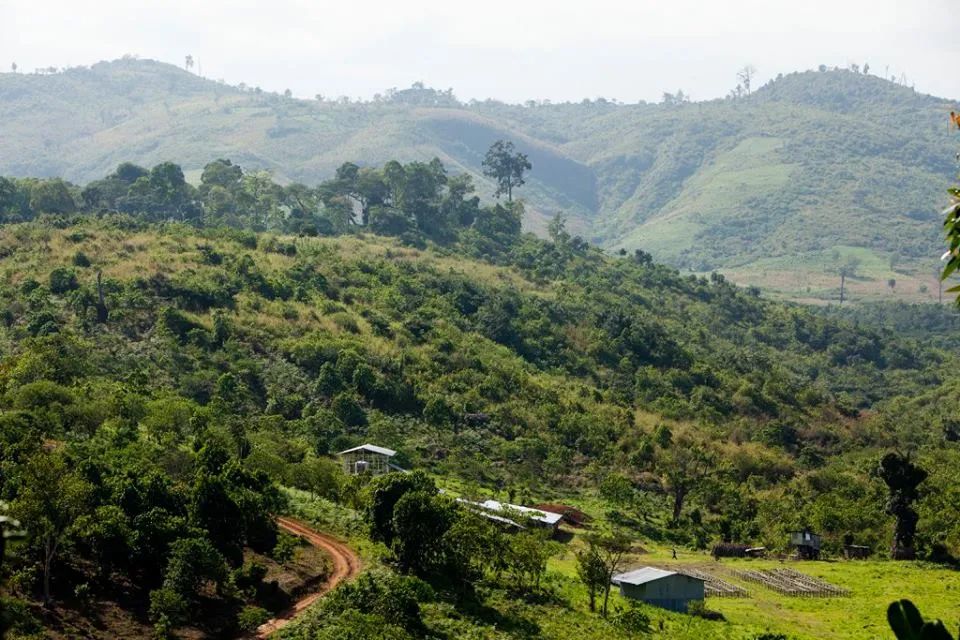
Introduction to the Yegashefi region
Yirgacheffe was originally a small town in Ethiopia, administratively belonging to Sidama Province, and Yirgacheffe means "settle down in this wetland" in Ethiopian ancient language. Strictly speaking, Yejia Shefei is a sub-producing area of Sidamo. This town is located in the northwest of Sidamo, surrounded by mountains and lakes. It is one of the coffee producing areas with the highest average altitude in Ethiopia. However, due to its unique flavor, it later became independent from Sidama and became the most famous production area in Africa.
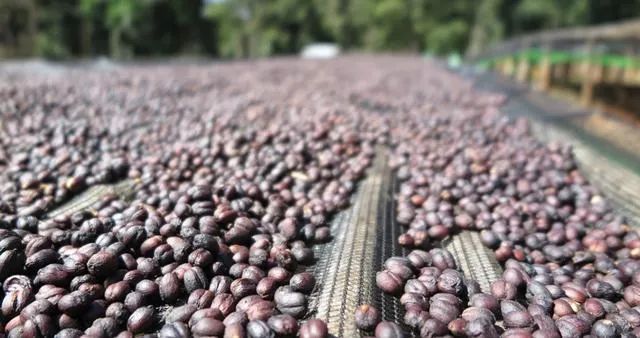
Ethiopia coffee gene complex, a variety of production areas, coffee farmers mainly through the sale of fresh fruit trade, so that the international market price of raw beans is difficult to link with the front-end production areas, coffee farmers income can not be increased. In order to further detail the traceability of coffee beans and to ensure fair trade, the Ethiopian government established the Ethiopian Commodity Exchange (ECX) in 2008 to facilitate the coffee trade in a more equitable manner. Under ECX's classification system, Yegashefi is divided into four production areas: Kochere, Gedeb, Grana Gelana and Wenago. Each sub-region has its own excellent production team, and the coffee produced has its own characteristics.
Ethiopia is mostly produced in the mode of smallholder cultivation. There will be large and small coffee cooperatives and processing plants in the local area, which are mainly responsible for the processing of coffee beans in the region. Farmers send their coffee beans to a nearby treatment plant set up near the water source for centralized treatment, and then sell them under the name of the treatment plant.
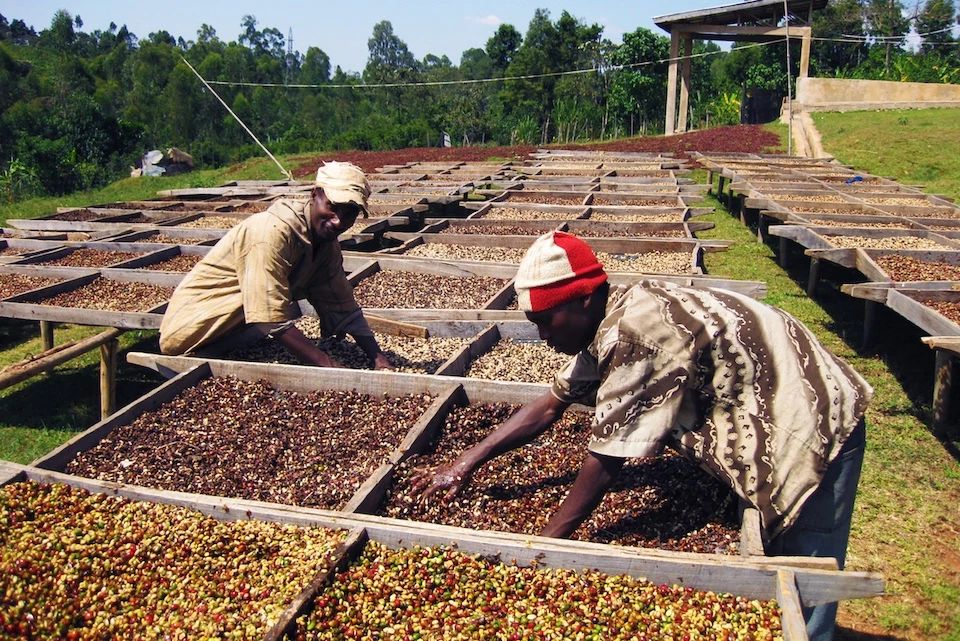
It was originally part of the Woka Cooperative, a subsidiary of the YCFCU of the Yggashefi Alliance. However, with the pursuit of traceability of coffee beans, independent "single producing areas" were excavated by coffee hunters all over the world, so in 2012, a production team with about 300 farmers was independently established as "Fruit Ding Cooperative".
Yega Shefi has washing treatment and sun treatment
Traditional Ethiopian coffee is treated in the sun, due to backward technology, coffee fruit is directly spread on the ground naturally dried, such a rough way easy to let coffee absorb the taste of soil, coffee quality is also uneven. In order to improve the quality of coffee, the Ethiopian government introduced more advanced washing technology and related equipment from Central and South America in 1972. Washing not only greatly reduces the defect rate of coffee, but also wins fresh citrus tonality and elegant white flower fragrance for Yejia Xuefei, and the overall flavor is bright and delicate. The Ethiopian ration beans on the front street are selected from washed yejia sherry, presenting the classic yejia sherry flavor.
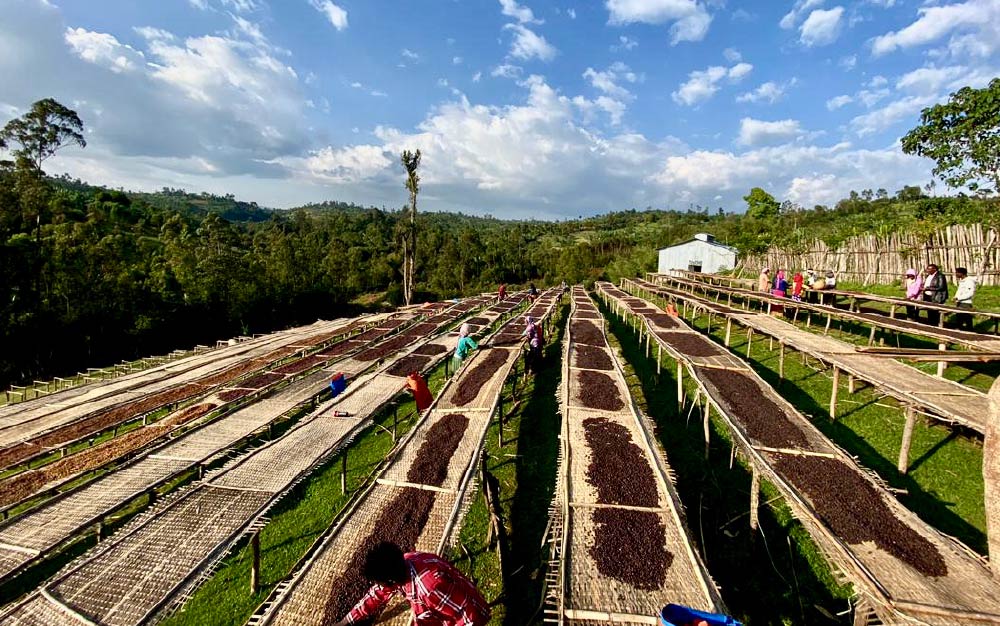
With the pursuit of more flavor of fine coffee, Ethiopia's major producing areas have also begun to improve the sun treatment technology, producing a lot of excellent sun batch coffee. The red cherry coffee beans of the front street beans are selected from the sunburned yejia sherry. The sun treatment is very simple, spread the coffee fruit in the sun to dry until it turns dry dark purple. In the drying process, people also pay more attention to the coffee fruit flipping, so that the fruit can be more evenly dried. Sun-dried red cherry coffee with ripe fruit fermentation, obvious honey sweet and black tea feel.
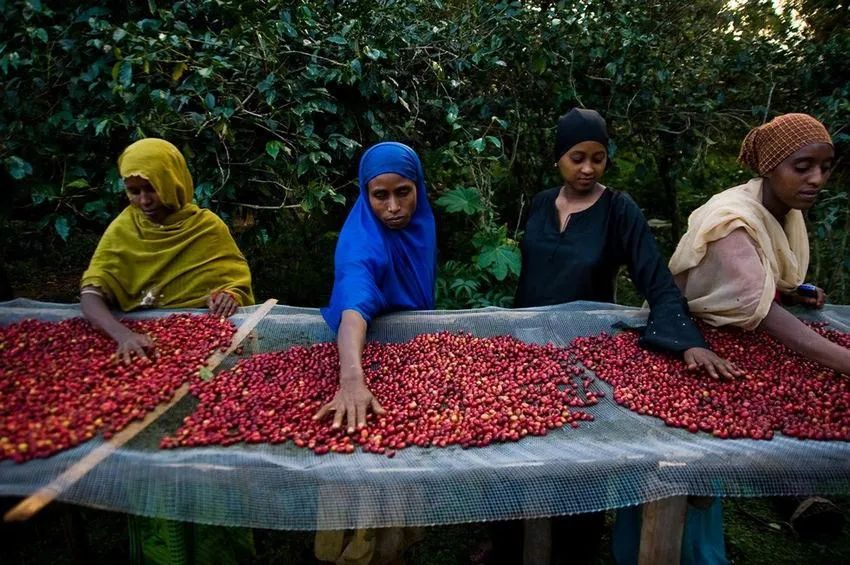
Yegashefi is a native species.
Those who drink Ethiopian coffee regularly should notice that Ethiopian bean varieties always say native or Heirloom native. In the dictionary, Heirloom refers to "the precious property of generations", which means that coffee is an irreplaceable "treasure" for Ethiopians.
This is because in Ethiopia's virgin forests, coffee varieties are numerous, genetic types are numerous, identification is very difficult, and the local government wants to protect these species from disclosure, so they are collectively referred to as "native species." Yerga Shefi coffee varieties are native to the local species, small particles, different shapes and sizes, relatively round appearance, mostly between 14-15 mesh.
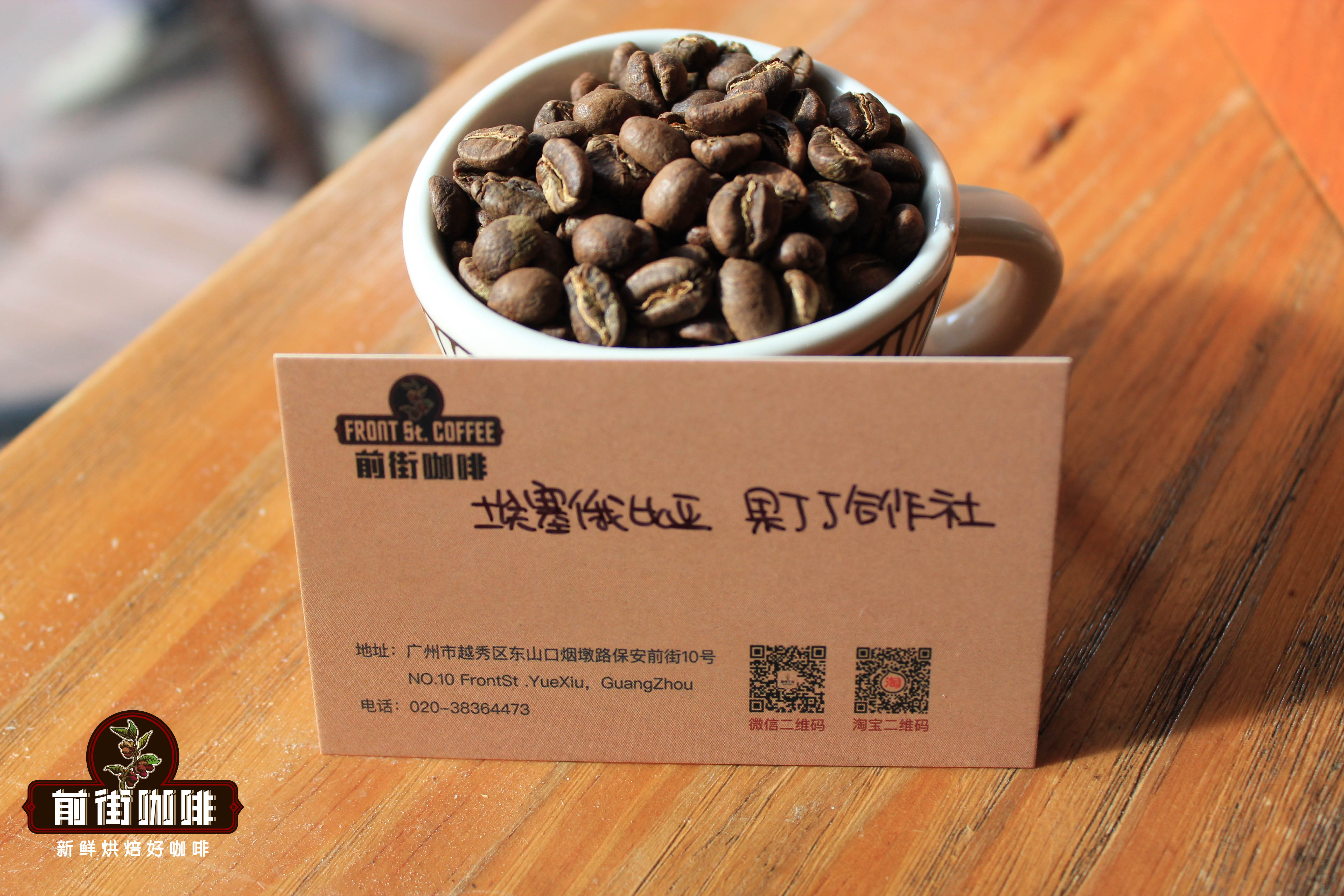
How does the coffee taste?
Baked on the front street, considering that Yerga Shefi should present acid tone as the main flavor direction, so use medium light baking. Washed Yejia Sherffy's fruit tintin cooperative coffee beans are lightly roasted to retain more bright acidity and white floral fragrance, while sun-baked Yejia Sherffy's red cherry coffee beans are moderately lightly roasted to present full berry sweetness and sourness.
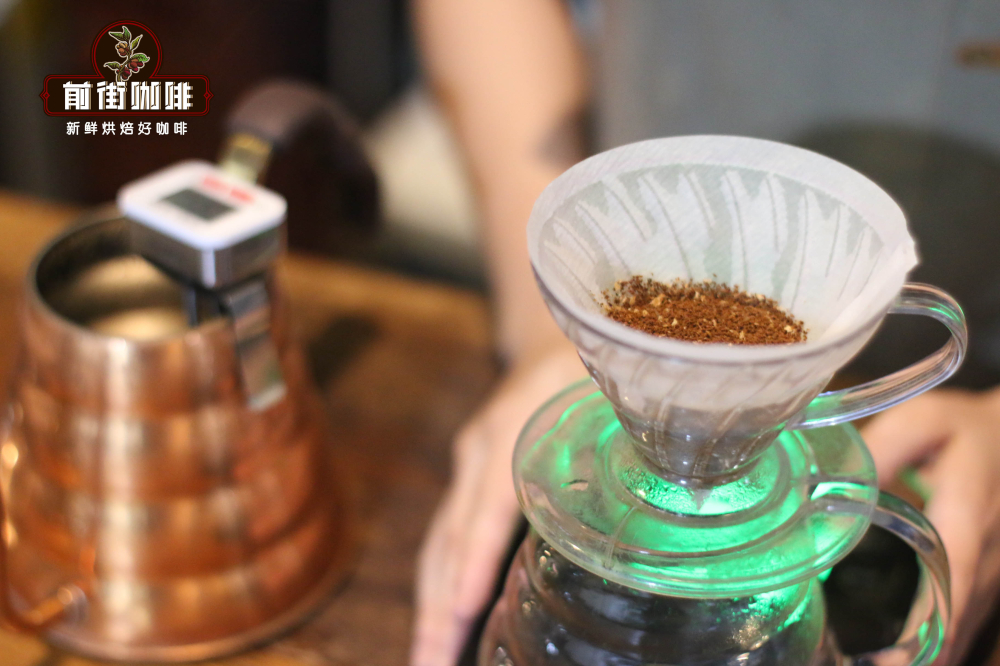
Lightly roasted coffee beans have a harder texture, and the front street will use hot water at 92 ° C-93 ° C to stimulate the floral and fruity flavors of coffee. Grinding degree: Medium and fine grinding degree recommended by Qianjie (78% through No.20 sieve of Chinese standard). Too coarse to extract mellow substances, brewed coffee will appear thin. Too fine easy to over-extract at high water temperature, brewed coffee easy to appear bitter.
In the process of cup testing, Qianjie noticed that this bean showed different flavors at different temperatures, so the brewing method would adopt three-stage extraction, so that different flavor substances could show better themselves when the powder layer was heated up in stages. In order to highlight the fresh and charming aroma of washed yega, the front street is brewed in a V60 filter cup. The spiral design of the filter cup allows the coffee powder to be better exhausted, maximizing the activation of the volatilization and dissolution of sour substances.
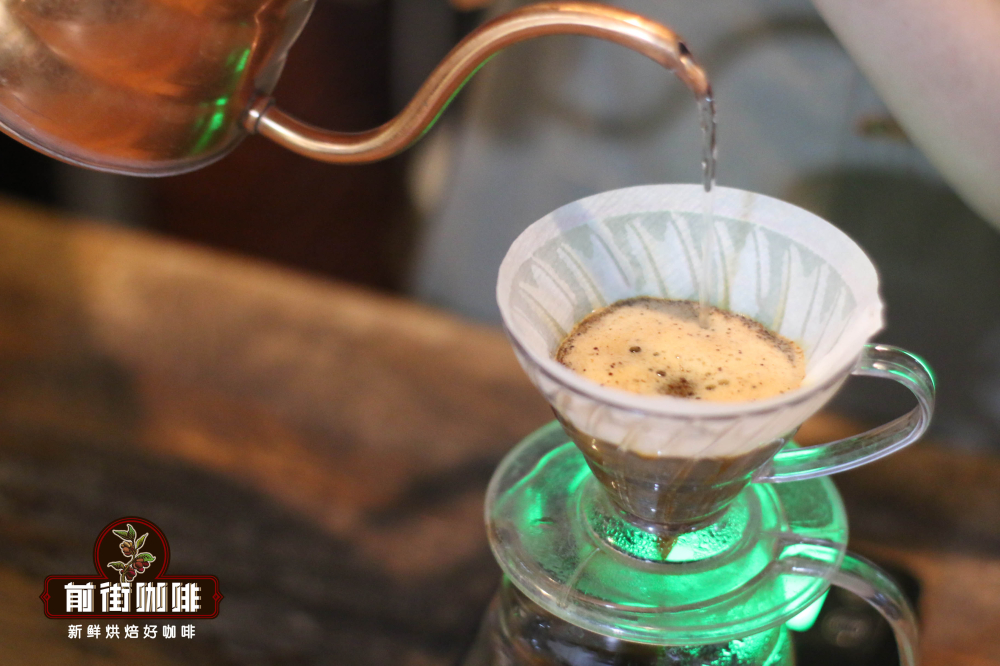
In terms of brewing ratio, Qianjie thinks 1:15~1:16 is OK, if you want to taste more rich, use 1:15, if you want to feel the flower sweet feeling more clearly, you can use 1:16, so that the flavor is more dispersed.
Filter cup: V60 Water temperature: 92-93 degrees Celsius Powder amount: 15g Powder water ratio: 1:15 Grinding degree: Fine sugar size (No. 20 sieve bowl sieve powder to 78%)
Three-stage water injection: wet the powder bed with twice the amount of coffee powder, form a bulge, steam for 30s, and then inject small water flow from inside to outside to 125g, and when the powder bed drops to half of the filter cup, continue to inject the same fine water flow into the third stage to 225g, until all the coffee liquid is filtered and removed from the filter cup, about 2 minutes.
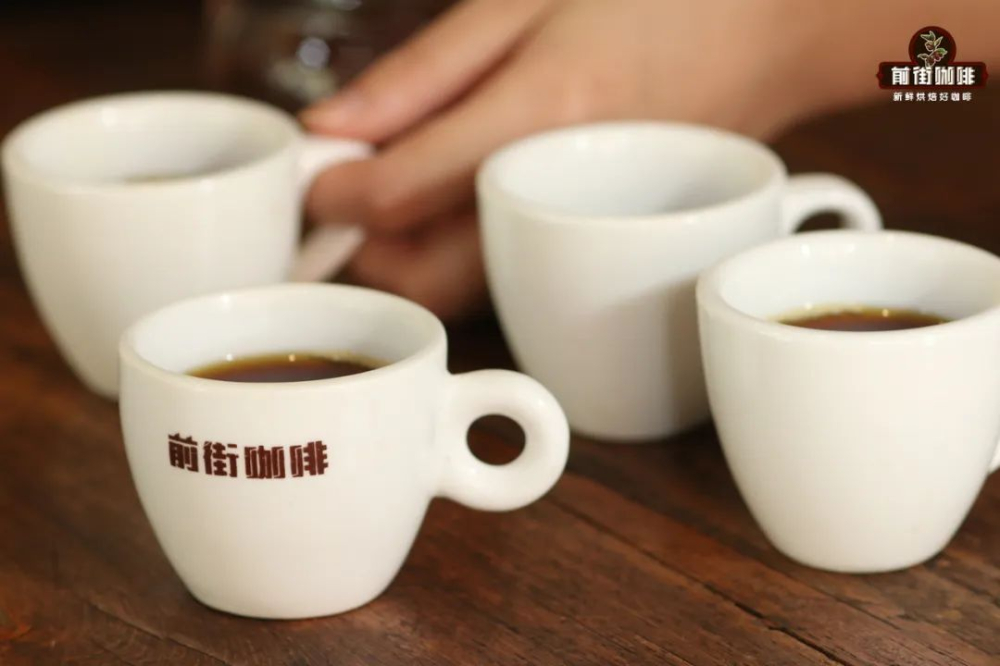
Sun red cherry flavor: lemon, licorice, citrus, berry, sweet orange, overall sweetness is higher, sweet caramel, cream flavor, finish with black tea aroma.
Water-washed fruit tintin cooperative flavor: citrus, black tea at the entrance, cream, caramel, almond aftertaste with the change of temperature and clear sweet taste.
Professional coffee knowledge exchange More coffee bean information Please pay attention to coffee workshop (Weixin Official Accounts cafe_style)
More fine coffee beans, please add private WeChat Qianjie Coffee, WeChat: qjcoffeex
Important Notice :
前街咖啡 FrontStreet Coffee has moved to new addredd:
FrontStreet Coffee Address: 315,Donghua East Road,GuangZhou
Tel:020 38364473
- Prev

Entry-level knowledge of coffee; cleaning of coffee machines
Thoroughly clean the steam stick. Dry the bean grinder bean warehouse. Thoroughly empty the powder cartridge and remove all remaining ground coffee powder. Wipe the spills and spills from the outside of the bean grinder and coffee maker. Use the coffee maker detergent recoil espresso machine at least once a day. Rinse and clean all remaining coffee and grease on the head. Remove and clean the drip tray.
- Next
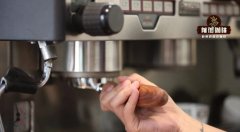
The knowledge course of Italian Coffee-the effect of cloth Powder on extraction
In the extraction of espresso, the same extraction parameters are sometimes found to be unstable, and espresso liquid gushes out of control. The instability of flow velocity is probably due to the channel effect. In general, water is inert and will choose a path with less resistance. When the density of the coffee powder layer is uneven, the water will move towards the place with relatively low density.
Related
- Beginners will see the "Coffee pull flower" guide!
- What is the difference between ice blog purified milk and ordinary milk coffee?
- Why is the Philippines the largest producer of crops in Liberia?
- For coffee extraction, should the fine powder be retained?
- How does extracted espresso fill pressed powder? How much strength does it take to press the powder?
- How to make jasmine cold extract coffee? Is the jasmine + latte good?
- Will this little toy really make the coffee taste better? How does Lily Drip affect coffee extraction?
- Will the action of slapping the filter cup also affect coffee extraction?
- What's the difference between powder-to-water ratio and powder-to-liquid ratio?
- What is the Ethiopian local species? What does it have to do with Heirloom native species?

